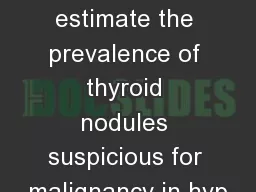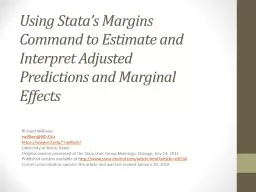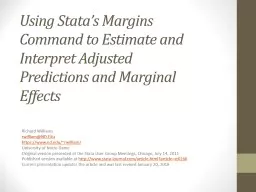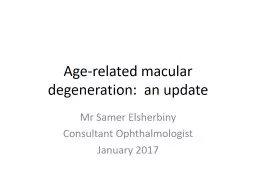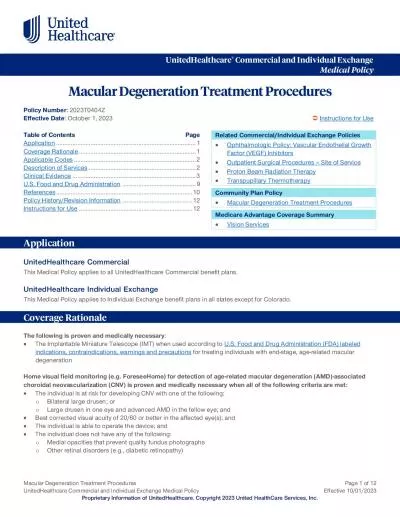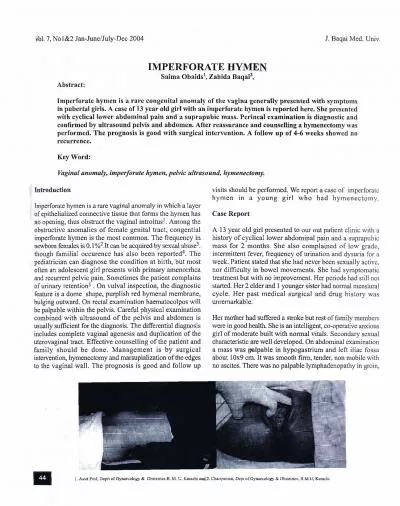PPT-Suspicious topography in family members of a patient with Pellucid Marginal Degeneration:
Author : debby-jeon | Published Date : 2018-10-27
Hajirah Saeed MD Christine Garcia BS Charles Bouchard MD Loyola University Medical Center Department of Ophthalmology Maywood Illinois Introduction A genetic
Presentation Embed Code
Download Presentation
Download Presentation The PPT/PDF document "Suspicious topography in family members ..." is the property of its rightful owner. Permission is granted to download and print the materials on this website for personal, non-commercial use only, and to display it on your personal computer provided you do not modify the materials and that you retain all copyright notices contained in the materials. By downloading content from our website, you accept the terms of this agreement.
Suspicious topography in family members of a patient with Pellucid Marginal Degeneration:: Transcript
Download Rules Of Document
"Suspicious topography in family members of a patient with Pellucid Marginal Degeneration:"The content belongs to its owner. You may download and print it for personal use, without modification, and keep all copyright notices. By downloading, you agree to these terms.
Related Documents





